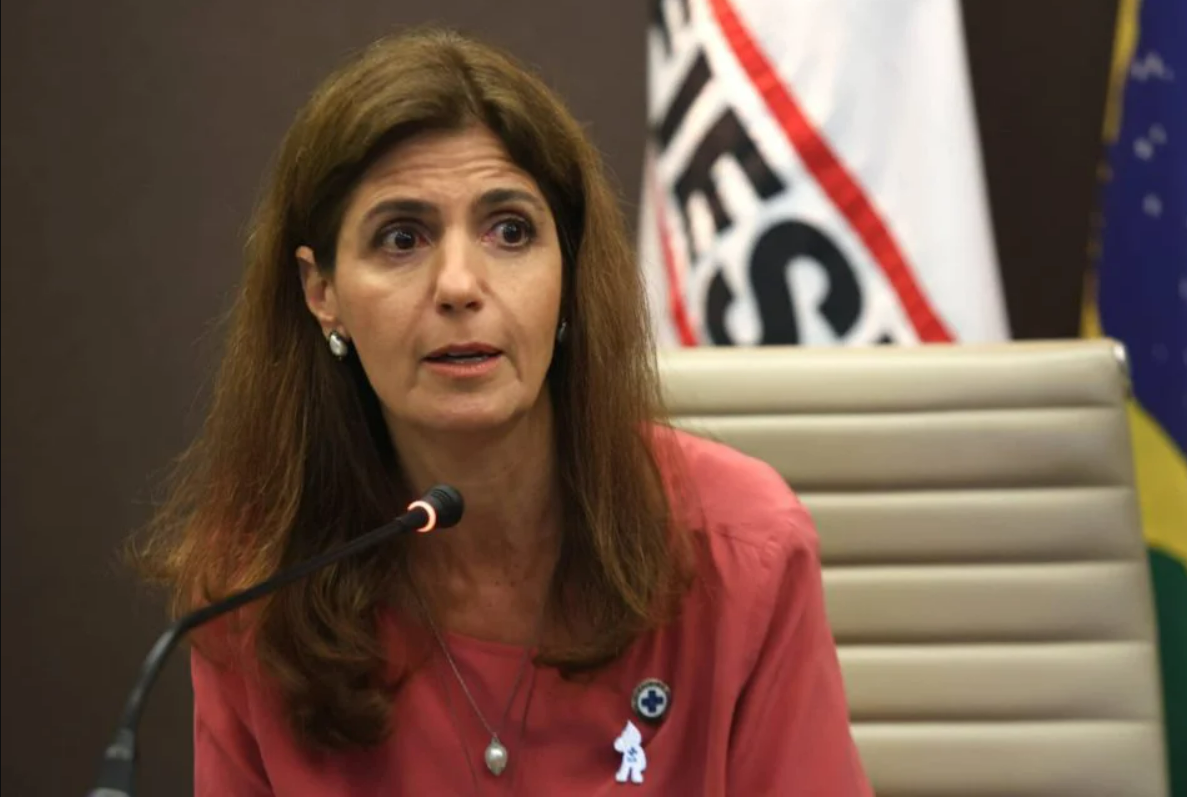The Secretariat of Information and Digital Health, coordinated by Ana Estela Haddad, works to identify actions carried out in Brazil on technology that can be improved and shared to improve the effectiveness of Primary Care, a fundamental part of resolving various issues until reaching medium and high complexity services.
Health is the basis for the sustainable development of a nation and its integration with the use of information and communication technologies is one of the premises of the federal government. In the journey, led by professor and researcher Ana Estela Haddad, representative of the recently created Secretariat of Information and Digital Health, linked to the Ministry of Health, two strategic actions are already underway: creation of a laboratory for innovation in Digital Health and an x-ray of Brazil.
The first initiative has already been proposed and approved by the Tripartite Inter-managerial Commission, an intergovernmental, political and technical arena for planning, negotiating and implementing public health policies. The creation of a collaborative network is under development so that the secretariat can learn about the innovations underway and, most importantly, open an agenda focused on the SUS.
The new department’s work is also focused on exchanging experiences, a kind of inventory of good practices, scheduled to take place in a seminar divided into three stages, which is currently being organized with São Paulo. The goal is to understand in detail how each location works on the issue of digital health. “Telemedicine and telehealth in the SUS have been around for a long time, but it is a fragmented and uneven process in terms of the degree of digital transformation,” explained Ana Estela. The work will involve all Brazilian states.
The news was presented by the secretary at the beginning of this month (10th), when she participated in the event 'Proposals for the Economic and Productive Health Complex', which had as a guest the Minister of Health, Nísia Trindade, at the headquarters of the Federation of Industries of the State of São Paulo (Fiesp), in the capital of São Paulo.
The creation of the Secretariat for Information and Digital Health arose from the needs of the health sector, according to notes made by the federal government's transition group, the Minister of Health and four other former ministers.
In line with investment in digital to ensure greater access to health systems and aware of the challenges related to infrastructure and inequalities in access, the secretary pointed out that “now is the opportunity to seek this equality, mainly because since the Covid-19 pandemic there has been an immense acceleration of this digital space that facilitates articulations and integrated constructions of a more systemic vision”, she commented.
The sector will collaborate in a practical way to advance the quality of health services, based on this digital transformation. “It is a means to achieve greater quality in health care, democratization of access to health services and equality in the future, which has arrived, but has not yet been distributed to everyone.”
In the organizational chart of the Secretariat of Information and Digital Health, the work is divided into the Department of Digital Health and Innovation; the Department of Information and Informatics of the Unified Health System (DataSUS), with the great challenge of seeking integration and strengthening and advancing the National Health Data Network (RNDS); and the Department of Monitoring, Evaluation and Dissemination of Strategic Health Information (Demas).
During the event, Minister Nísia Trindade highlighted the importance of the new secretariat’s work to help ensure the sustainability of the SUS and, above all, to reduce inequalities, with a special focus on poor people who do not have access to healthcare. “We want to move towards a national policy of high and medium complexity, something essential for the SUS, together with the national policy of primary care. And this means improving primary care, with the digital transition as a central aspect.”





